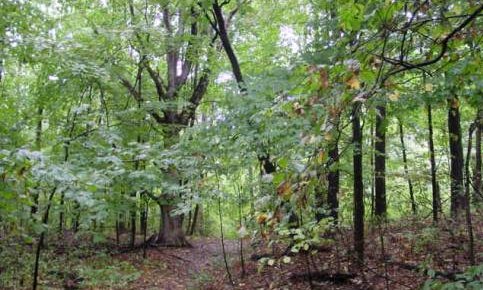
This is something that just never occurred to me.
I was watching a gardening show today about worms. Gardeners usually like worms. They help the soil remain fertile and aerated. That is what I always thought. But when I looked it up, I found out that worms are an invasive species. All those worms (night crawlers and the like) I remember as a kid were introduced from Europe.
Earthworms are destructive to forest soils, according to what I found at a University of Minnesota associated webpage. Worms were wiped out by glaciers during the last ice age, which retreated only around 10,000 years ago. Without human help, worm populations move very slowly. Northern ecosystems developed in a worm-free environment. When worms arrive, they change the ecology. Evidently the worms eat the organic material too fast, taking away the layers of humus that all for the reproduction of forest floor plants and trees like sugar maples. Worms are small, but there can be lots of them and they don’t stop.
I never knew this or noticed it. The maple forests around Milwaukee already had earthworms, so I thought that was natural. It still seems pretty strange to me that earthworms could be a threat. I suppose that when you are talking about long-established ecological relations, almost anything new that comes in can be disruptive.
BTW – honeybees are also not native to North America and neither are a lot of the flowers we see in fields, along with most farm animals and most crops we eat. Actually, I suppose that I am an invasive species, so I am not sure I buy into the native is better idea as a general construct. I will have to find out more about it.
The picture up top is one I took way back in September 2003 near the Milwaukee Airport, it shows the northern hardwood secondary growth forest. We made a trip across the U.S. in 2003. I kept up a webpage, it was the predecessor of my blog. The link is here.
